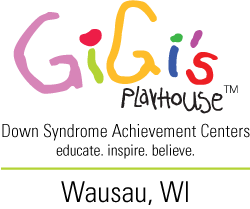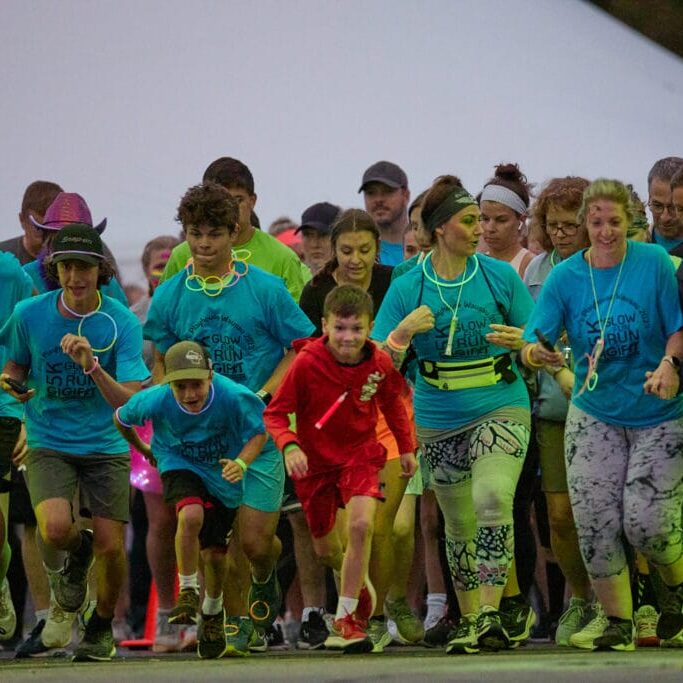Let’s Talk Sensory Play!

The Pyramid of Learning (seen to the left) begins the conversation of how foundational sensory systems are for all other learning and development. How can we tap into these sensory systems? We can do that through Sensory Play.
Sensory play can be any activity that stimulates the senses. It is beneficial to all age groups!
Our brain uses information from all the senses to help learn about and understand the world. Depicted on the right are 7 of 8 senses in our complex nervous system!
5 more commonly known senses: Vision (visual), touch (tactile), taste (gustatory), smell (olfactory), hearing (auditory).
3 other senses: vestibular (info. about movement and balance in space), proprioceptive (info. about muscle/joint movement), and interoception (info. about internal body signals like hunger, thirst).
WHY?
Sensory play, especially for young children, has so many benefits that aids in overall development!
Brain and Cognitive Development: Exposure to a variety of sensory experiences helps the brain develop strong connections and pathways that promote thought processes, understanding, and reasoning.

Language Development: Using multiple senses at once stimulates language development, especially using descriptive words! For example, use sensory play with a sensory bin to describe and talk about what a texture feels like, smells like, and looks like!
Emotional Regulation: Sensory play can have calming and regulating effects on the nervous system. Exploring a variety of sensory play can help a child learn about what helps their body be calm and organized. The body’s three main “modulators” are: vestibular input (ex: rocking, swinging), proprioceptive input (ex: pushing/pulling, “heavy work”) and tactile (ex: backrubs, massages, messy play).
Motor Skill Development: Sensory play works on developing fine and gross motor skills. Sensory play promotes and encourages children to move and play in novel and repetitive ways to build motor pathways (ex: scooping and pouring water, climbing over/under furniture).
Problem Solving: Sensory play promotes problem solving as children learn to experiment with different objects and materials. They learn to use cause and effect and how to come up with solutions to challenges they encounter during sensory play.
Social Skills: When children participate in sensory play alongside siblings or other peers, they are also learning a variety of social skills. They must learn to communicate with each other, share materials, take turns, and watch different ways of using the same materials.
“The senses, being explorers of the world, open the way to knowledge. Our apparatus for educating the senses offer“The senses, being explorers of the world, open the way to knowledge. Our apparatus for educating the senses offer the child a key to guide his explorations of the world…
” Dr. Maria Montessori
IDEAS FOR SENSORY PLAY
Tactile Play
- Paint with shaving cream
- Sensory bins (beans, rice, water, sand, etc.)
- Bathtub paints
- Homemade play-doh/cloud dough

Visual Play
- Play with flashlights in a dark room/shadow puppets
- Play with glow sticks
- Make homemade glitter/calming or “I Spy” bottles
- Explore with sensory bags (ex: water/oil/gel)

Auditory Play
- Any type of music play (dancing, musical instruments, marching)
- Explore quiet/loud noises
- Play with bubble wrap
- Make homemade egg shakers or rain sticks
- Play Simon Says, Freeze Dance

Oral Motor Play
- Blow bubbles
- Blow objects on a table (ex: feather, cotton ball)
- Drink thick liquids through a straw
- Explore new tastes (ex: sour, sweet, tangy, spicy)
- Blow pinwheels or noise makers

Movement and Balance Play
- Set up obstacle courses at home using furniture, boxes, pillows, etc
- Push/carry a laundry basket filled with items around the house
- Crab walk, bear walk, wheelbarrow “races” ○ Yoga moves/stretches
- Crawl on hands and knees to do an activity (ex: get puzzle pieces)
- Play at the park (swinging, climbing, sliding)

GiGi’s utilizes a multi-sensory approach which sets the individual up for the highest level of success. Programs offer a consistent program structure and routine, which lends to recognition and comprehension of program activities. For example, by ending the program with the same song each week, participants learn to anticipate the closure of the program and this helps increase cooperation through this transition. When children and families come to GiGi’s, they quickly learn the routine and expectations when taught from the beginning. Don’t miss out on this learning opportunity!
Recent Posts



